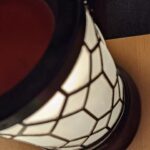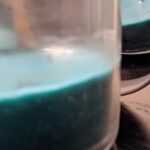Sheffield Plastics Polycarbonate Sheets are clear and tough
Polycarbonate plastic materials offer a balance of useful features this includes temperature resistance, impact resistance and optical properties position polycarbonates between commodity plastic materials and engineering plastics.
Polycarbonate is definitely a high quality material. Although it features increased impact-resistance, it’s got reduced scratch-resistance and so a hard coating could be applied to polycarbonate eye wear lenses and polycarbonate exterior automotive equipment. The characteristics relating to polycarbonate tend to be similar to that of those of common Acrylic materials, except polycarbonate is stronger, it is usable in a wider temperature range and is a bit more expensive. This plastic polymer is highly transparent to visible light and has better light transmission characteristics than most grades of glass.
Polycarbonate carries a glass transition temperature of approximately 150 °C (302 °F), as a result it softens slowly above this point and flows above about 300°C (572 °F). Tools will have to be held at high temperatures, generally above 80 °C (176 °F) to produce strain- and stress-free products.
Unlike most thermoplastics, polycarbonate can undergo massive changes in basic shape without breaking. Due to this fact, it may be processed and formed  at room temperature using sheet metal techniques, for example forming bends on a brake. For even sharp angle bends with a tight radius, no heating is usually necessary. This makes it valuable in prototyping applications where transparent or electrically non-conductive parts are necessary, which can’t be made from sheet metal. Be aware that PMMA/Plexiglas, that is similar in appearance to polycarbonate, but it’s brittle and can’t be bent unless it is heated.
Polycarbonate is frequently used in eye protection, as well as in other projectile-resistant see through or lighting applications that would normally be thought of as requiring the use of glass, but require greater impact-resistance. Many different types of lenses are produced from polycarbonate, including automotive headlamp lenses, lighting lenses, sunglass/eyeglass lenses, swimming and SCUBA goggles, and safety goggles for use in sporting helmets/masks and police riot gear. Windscreens in small motorized vehicles are normally made up of polycarbonate, such as for motorcycles, ATVs, golf carts, and small planes and helicopters.



